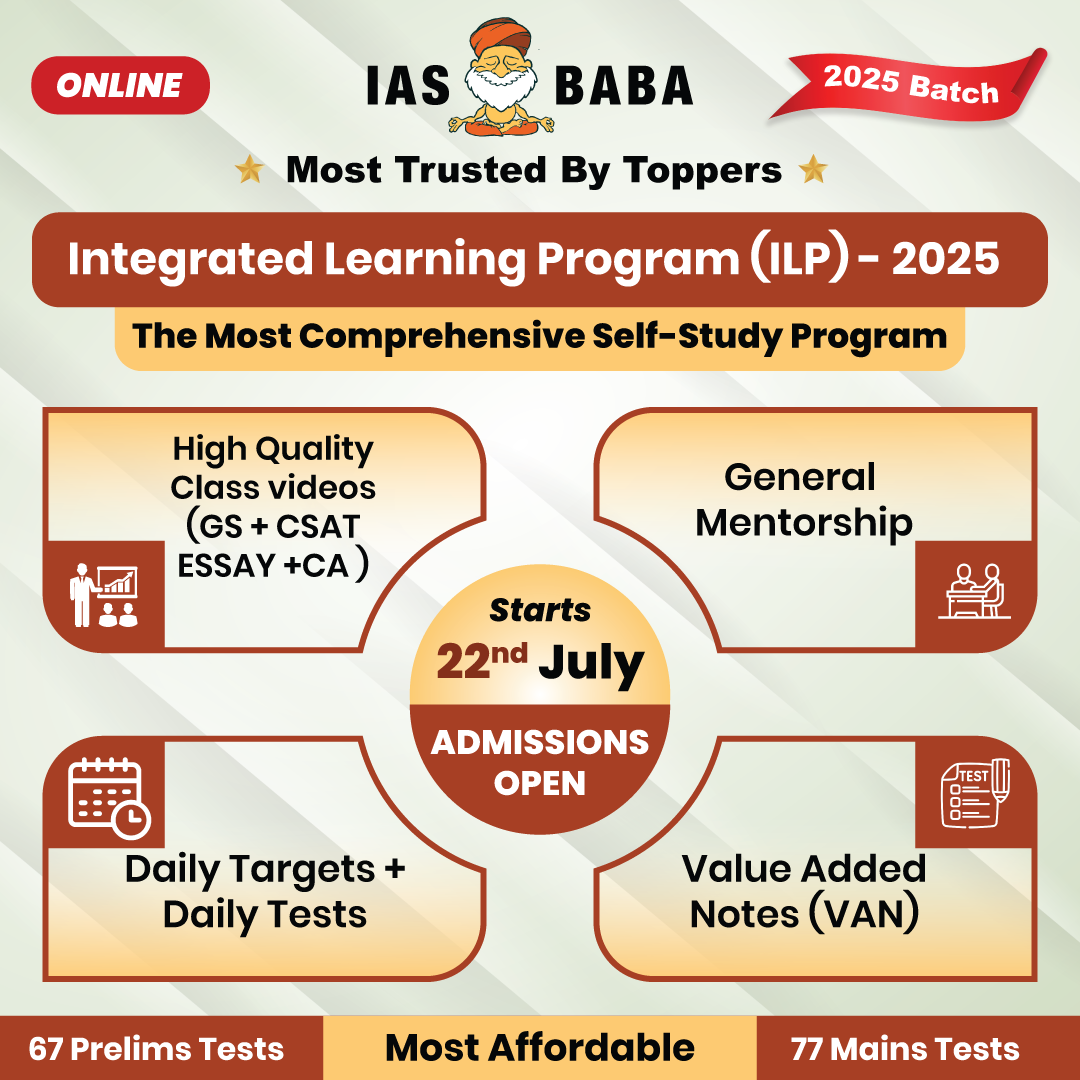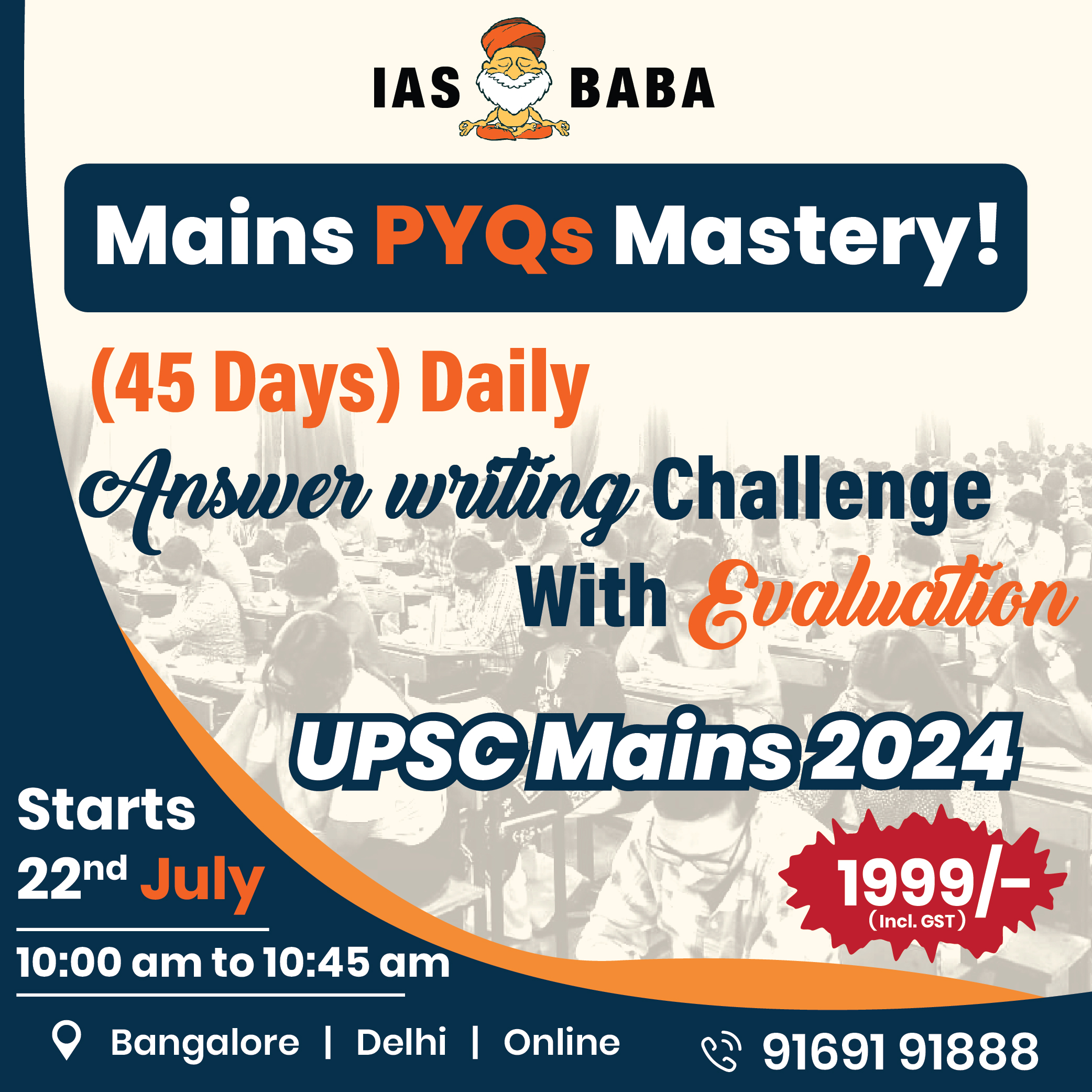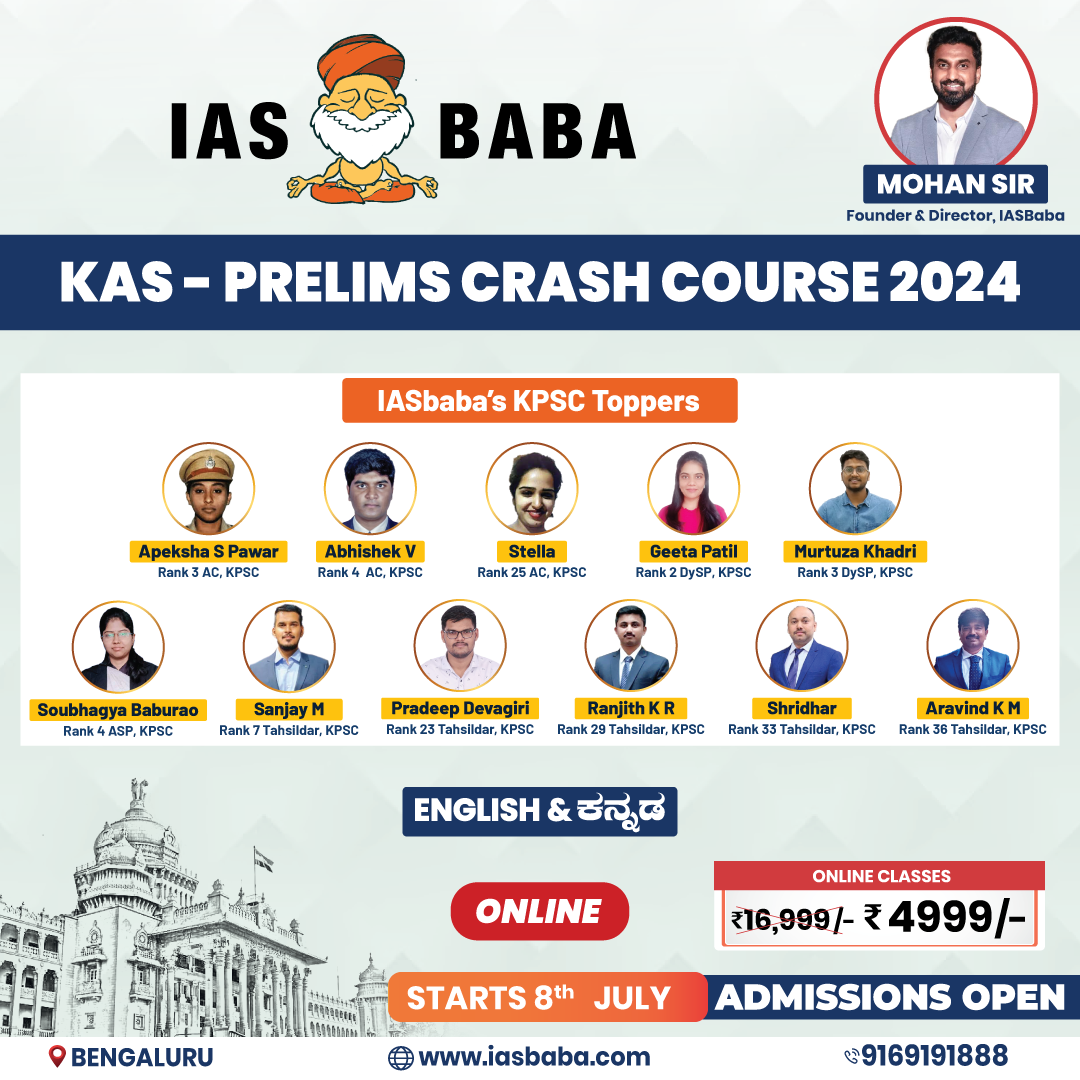UPSC Articles
GOVERNANCE/ JUDICIARY / ECONOMY
Topic: General Studies 2:
- Government policies and interventions for development in various sectors and issues arising out of their design and implementation
On regulation of Digital media (Sudarshan TV Case)
Context: Government has filed an affidavit in Sudarshan TV case stating that the regulation of web-based digital media is the need of the hour.
What is Sudarshan TV Case?
- Sudarshan TV’s ‘Bindas Bol’ programme had accused Muslims of “infiltrating” the civil services with the help of funding from terror-linked organisations abroad.
- Petitions were filed in Supreme Court where it was maintained that the episode is an example of vilifying a community and the content amounts to hate speech.
- The court had orally observed it would set up a committee of five citizens who can come up with standards for electronic media
- A three-judge Bench had asked the government for suggestions to improve the self-regulatory mechanism for electronic media.
What was government’s response?
- Central government submitted that while regulations already exist for the print and television media, there was a need to regulate digital media as it has faster reach, and its content has the potential to go viral.
- The centre termed digital media as ‘parallel media’ which is ‘completely uncontrolled’, and uses spectrum or radio airwaves and the internet, which is public property
- The Centre also cautioned that regulating television content could have the undesired impact of media organisations pushing similar content on digital platforms, which are unregulated
- Regulatory policies for television and print media would also have to apply to digital media, and vice versa, to curb the spread of fake news and misinformation
Governments View on Self-regulation of electronic media
- The central government has opposed the apex court’s idea of setting up a panel to suggest standards for electronic media.
- The government has argued that the self-regulatory mechanisms currently in place are effective, ensure impartiality and may only require a little fine tuning to remove the lacunae.
- Self-regulatory bodies at present can only govern those who voluntary choose to be its members. And for television channels which aren’t members of the self-regulating bodies, the matter is taken up directly by the ministry
- There is, however, a need to regulate the digital media space
What are the issues involved in this case of regulating digital media?
- Constitutional Rights involved: The content of the episodes in question goes against and demeans the constitutional right of access to equality of employment
- Balancing contending interests: The court has to balance the right to freedom of speech versus right of dignity of a community and hate speech
- Public interest issue: Since the case deals on issues of “foreign funding” and “reservation”, there has to consultation with government before any order
- Role of Courts: Constitutional values, human dignity are needed to be protected but the court cannot “become the enforcers of programme code” (which falls under the domain of Executive)
- Extent of Courts Power: There is debate on whether the court could order a blanket injunction of a programme or should restrict itself to only those portions which hurt a community.
- Complex Nature of Hate Speech: Hate speech comes dressed as small nuggets of facts, and a lot depends on the tenor, tone and manner of their presentation. Thus any regulation of speech has to be on case-to-case basis.
- Sophisticated Nature of Media Space: The lines between the different platforms for media and journalism today are increasingly blurring. For example, Sudarshan TV also has a dedicated YouTube channel, where all of its programs are uploaded.
- Ineffective implementation of existing rules: The laws to tackle incendiary content and hate speech that fuels violence is already in place. What is seen lacking is a will to uniformly apply these rules, irrespective of political affiliations.
- Ability to survive legal scrutiny: Earlier attempts at imposing a high degree of liability on intermediaries (like Google & Facebook) for content posted on their platforms have not survived legal scrutiny, with Section 79(1) of the IT Act, 2000, giving them some immunity in this regard.
Conclusion
An intervention that is light and well considered is what will work.
Connecting the dots:
- Net Neutrality
- Shreya Singhal Case
















